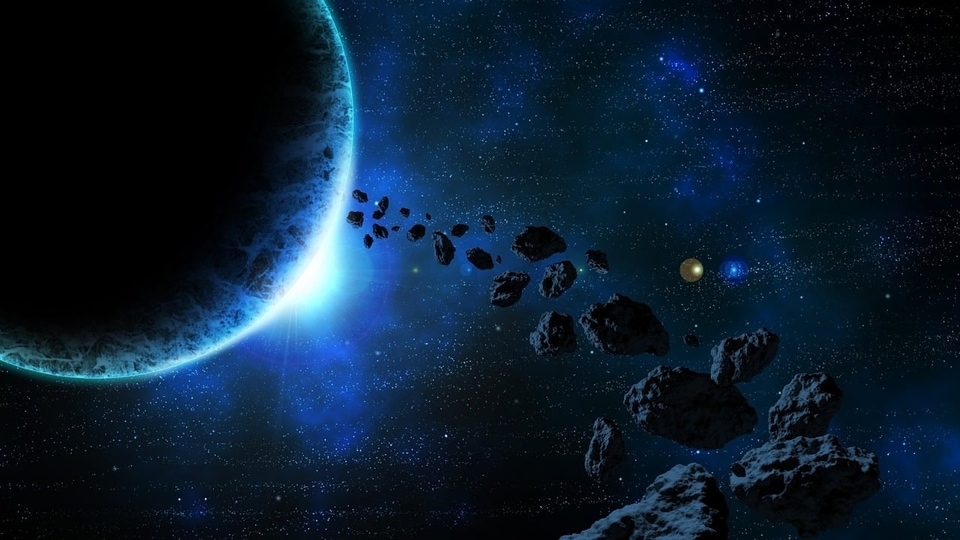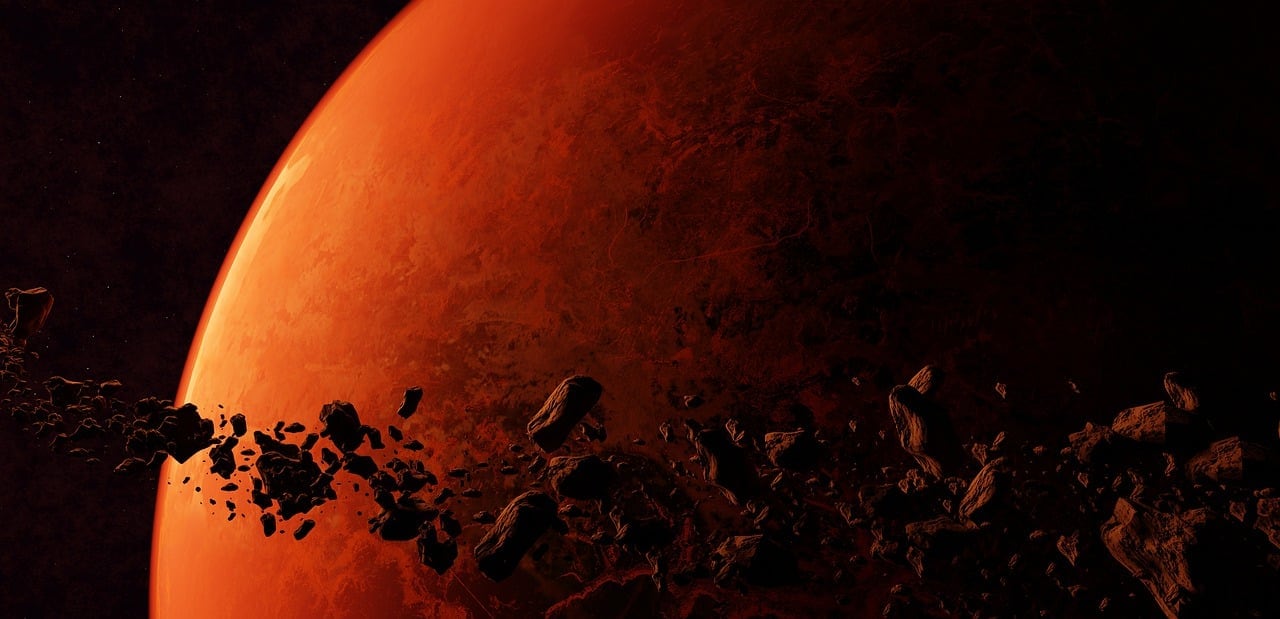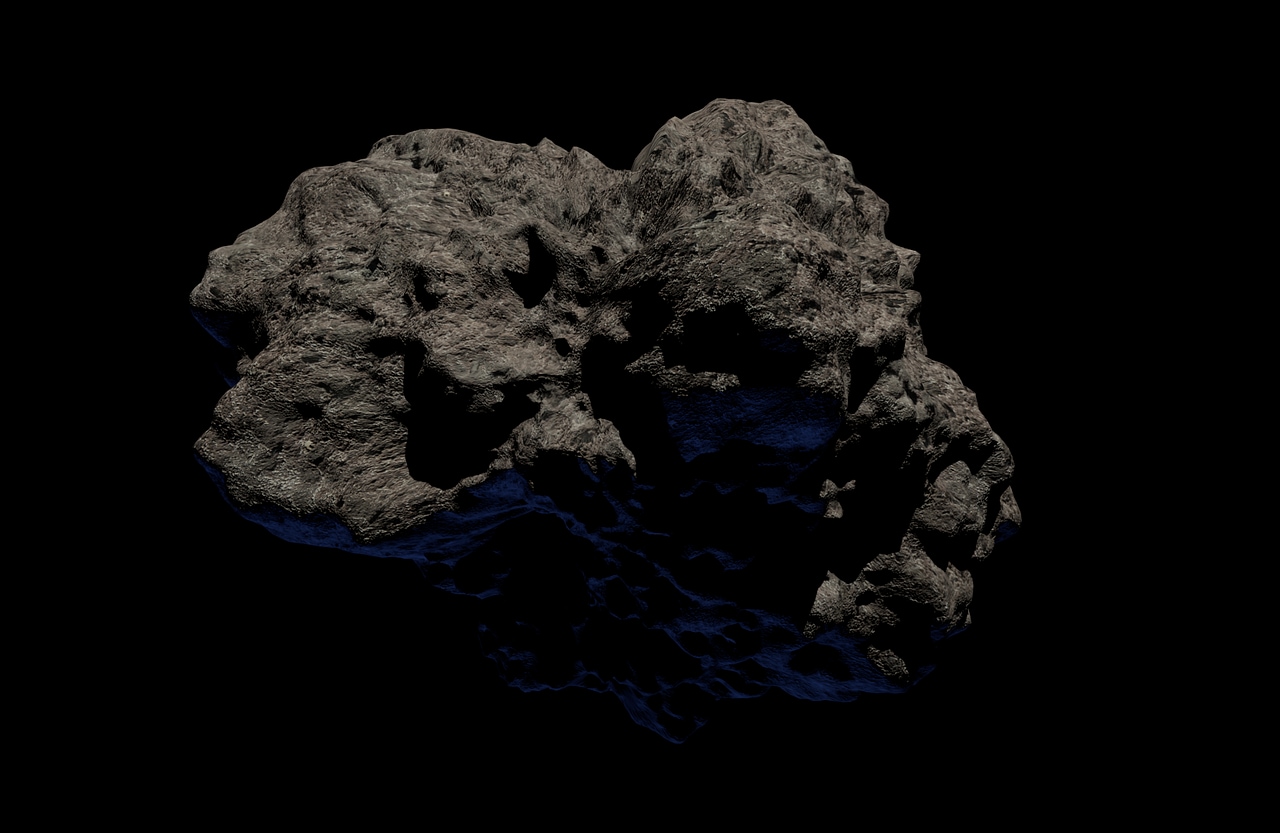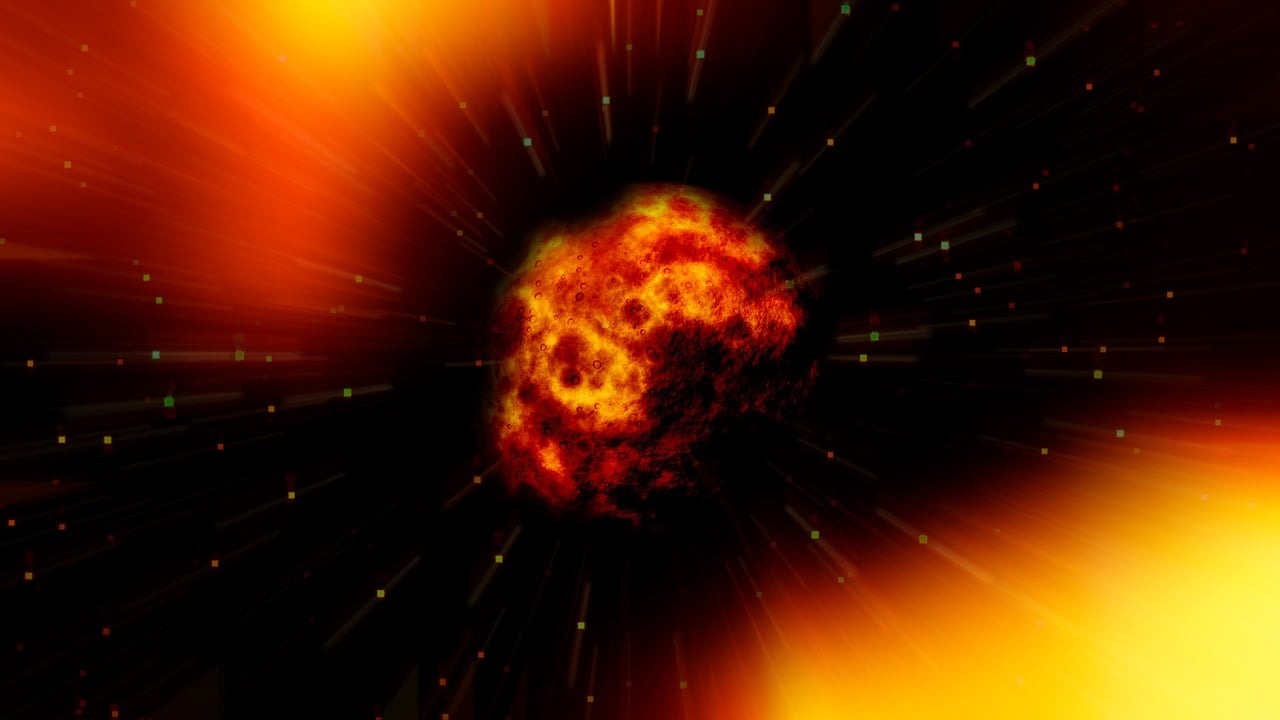Asteroid bigger than Brooklyn Bridge hurtling towards Earth today! NASA reveals stats
A mammoth, bridge-sized asteroid is hurtling towards Earth and it is expected to pass by the planet by a very close margin today, October 3. Check the details of this close encounter.






 View all Images
View all ImagesOver the course of Earth's 4.5 billion-year-old history, there have been several major asteroid impacts that have had a significant impact on the future of the planet and helped humanity to emerge as a dominant force. Perhaps the most consequential impact occurred almost 65 million years ago when a mammoth 12-kilometer-wide asteroid crashed into the surface and obliterated nearly 70 percent of Earth's species including dinosaurs. The crater where the asteroid crashed can still be found today in the Yucatan Peninsula in Mexico. Such large asteroids have the potential to cause global devastation if they crash. Fortunately, NASA and other space agencies now have an arsenal of space and ground-based telescopes to discover and track them.
Using such high-tech instruments, NASA has issued details about an asteroid that is set to pass by Earth today, October 3.
Asteroid 2008 QY: Details
According to the Center for Near-Earth Object Studies (CNEOS), this Near-Earth Asteroid (NEA) is expected to make its closest approach to Earth today, October 3. Whilst this space rock will come very close to the planet, it is not expected to impact the surface. According to NASA, Asteroid 2008 QY will pass by Earth at a distance of around 6.3 million kilometers.
It is already on its way toward the planet, travelling at a blistering speed of 75457 kilometers per hour. What also raises concern is the asteroid's size. According to NASA, Asteroid 2008 QY is a Potentially Hazardous Asteroid. NASA classifies asteroids as ‘Potentially Hazardous' if they come within 7.5 million kilometers of Earth and have a size bigger than 492 meters. With a width of nearly 2200 feet, it is almost as big as a bridge!
It has been added to NASA's Close Approaches list and has also been declared as a Potentially Hazardous Asteroid due to its close distance of approach as well as its enormous size. This is bigger than the famous Brooklyn Bridge!
The space agency has also revealed that Asteroid 2008 QY belongs to the Apollo group of Near-Earth Asteroids, which are Earth-crossing space rocks with semi-major axes larger than Earth's. These asteroids are named after the humongous 1862 Apollo asteroid, discovered by German astronomer Karl Reinmuth in the 1930s.
One more thing! We are now on WhatsApp Channels! Follow us there so you never miss any updates from the world of technology. To follow the HT Tech channel on WhatsApp, click here to join now!
Catch all the Latest Tech News, Mobile News, Laptop News, Gaming news, Wearables News , How To News, also keep up with us on Whatsapp channel,Twitter, Facebook, Google News, and Instagram. For our latest videos, subscribe to our YouTube channel.





























